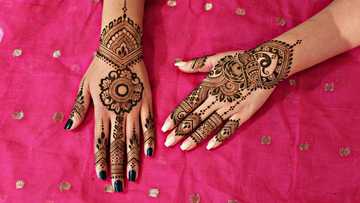Local musical instruments in Nigeria
You might not know this, but Nigeria has many fascinating local musical instruments. Each of them played important roles in the history of Nigerian music, and we want to tell you more about them. Find out about 13 unique musical instruments and their names, so that you can feel closer to the heritage of your country.
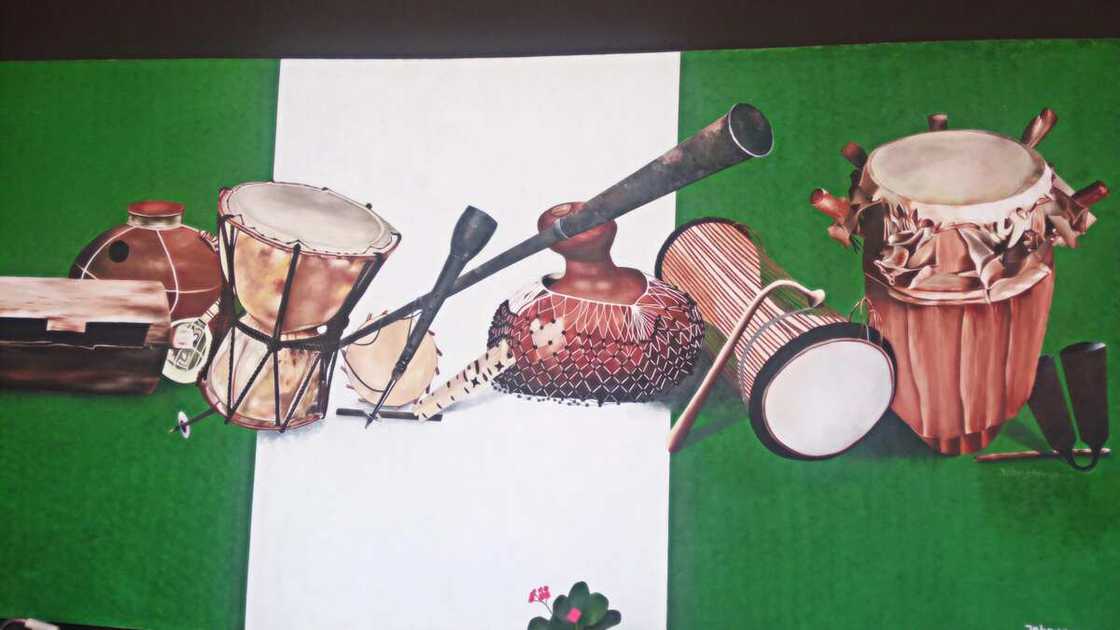
Source: UGC
Musical instruments in Nigeria
Of course, there are more than just 13 musical instruments that have been used in Nigeria over the years, but we have decided to limit our selection in order to tell you a little bit about each of them. Otherwise, you would just be able to learn their names, and that would be it. Moreover, quite a lot of them actually look very similar.
That said, here is our Nigerian musical instruments list that should certainly satisfy your curiosity. You will definitely learn something new today!
Sekere/shekere
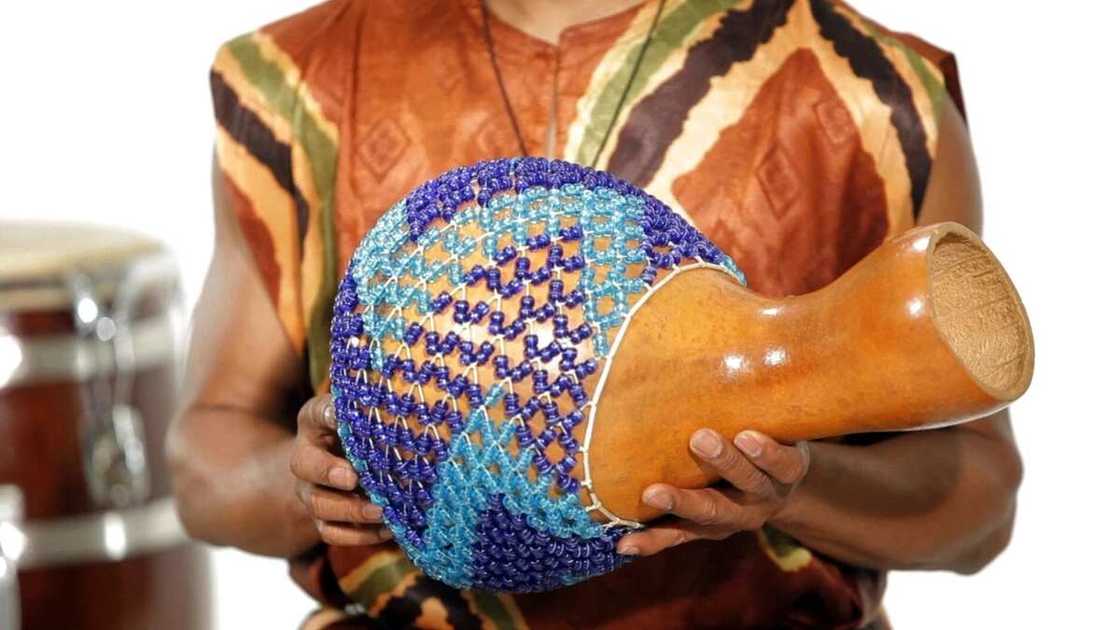
Source: UGC
This peculiar percussion instrument is of Yoruba origin. It is made out of dried out vine gourds, which is why each instrument looks different. The gourd has to dry for a few months, and then the pulp and seeds are removed. After it is scrubbed clean, it is covered with a net with cowries or beads woven into it. It is interesting to note that similar instrument is also common in Latin American countries.
Sakara
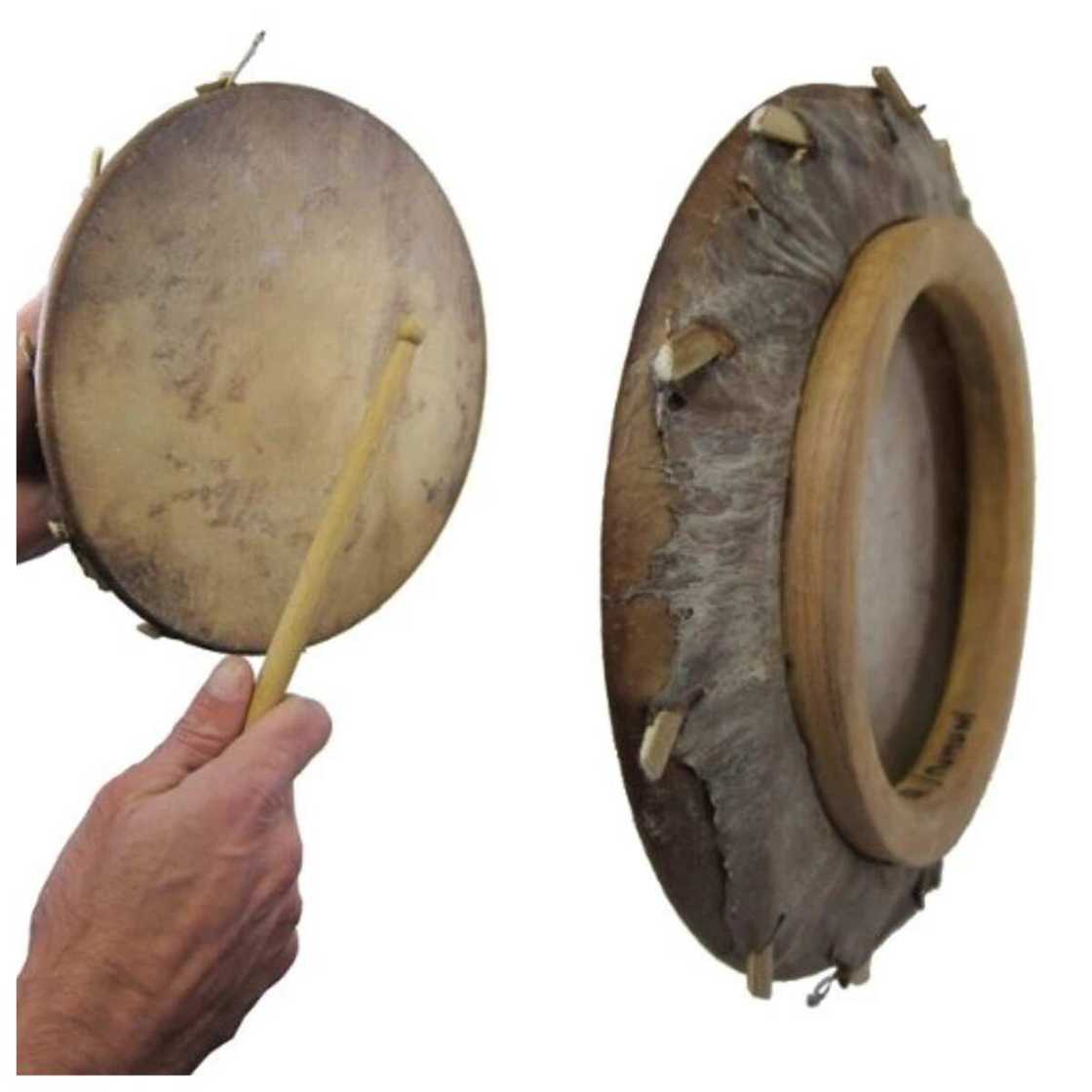
Source: UGC
Not to be confused with the aforementioned instrument, this one is a shallow circular drum made out of clay and animal skin (goat, antelope, cow, etc.). That said, it is also one of the musical instruments used by the Yoruba people.
Djembe
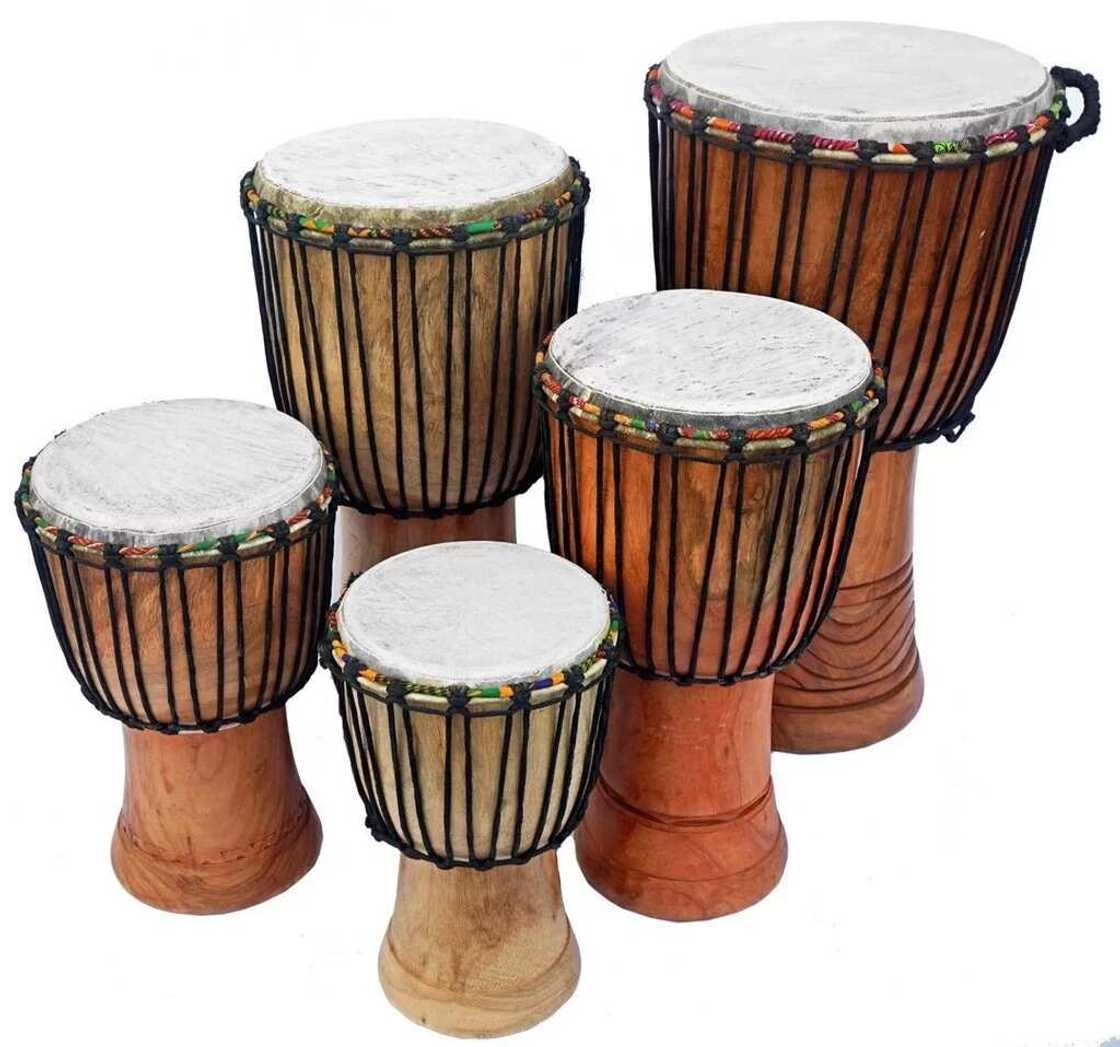
Source: UGC
Another drum you can hear in Nigeria is djembe. Its goblet-shaped shell is made out of wood, and it features a drumhead out of untreated rawhide and ropes that are now made out of synthetic materials. Djembe is one of the most versatile drums, as it produces a wide variety of sounds. Its name actually means ‘everyone gather together in peace’. This instrument has gained international popularity, so do not be surprised when you see it being played abroad.
Gangan
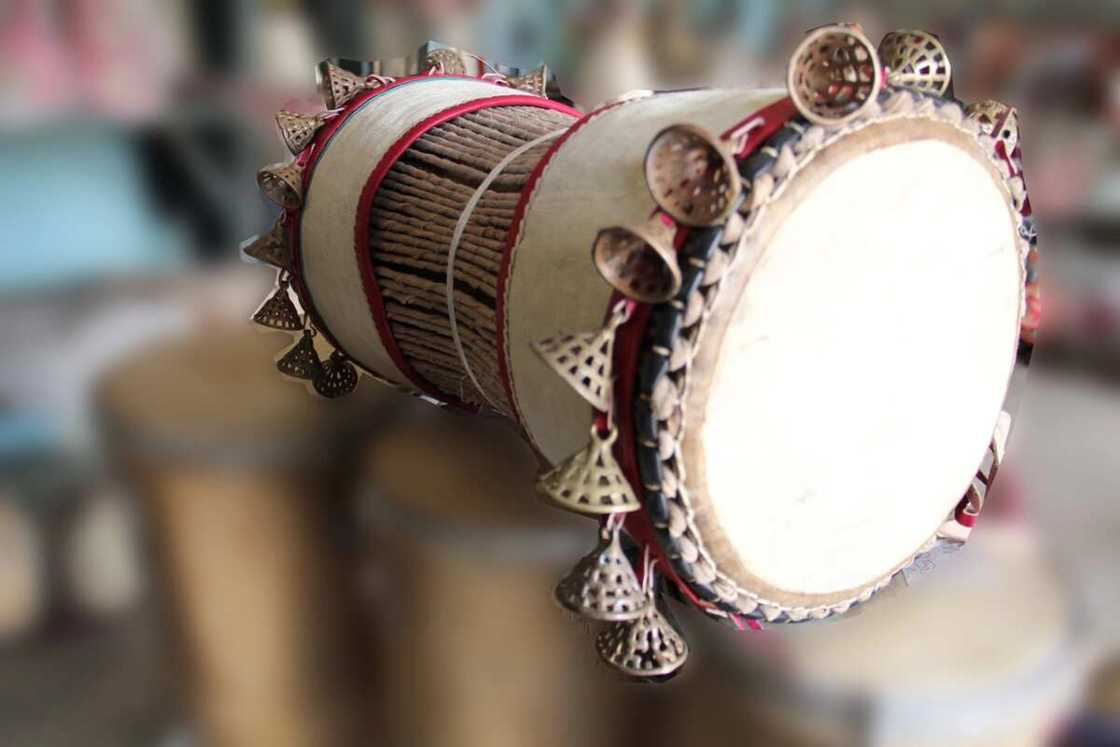
Source: UGC
Known by many names, depending on whom you ask, this instrument is often regarded as the ‘talking drum’ thanks to the sounds it can produce that resemble human speech. It is usually hourglass in shape, but you can meet other variations. Unlike many other drums of the region, this one has two drumheads that are connected by tension cords made of leather.
Ekwe
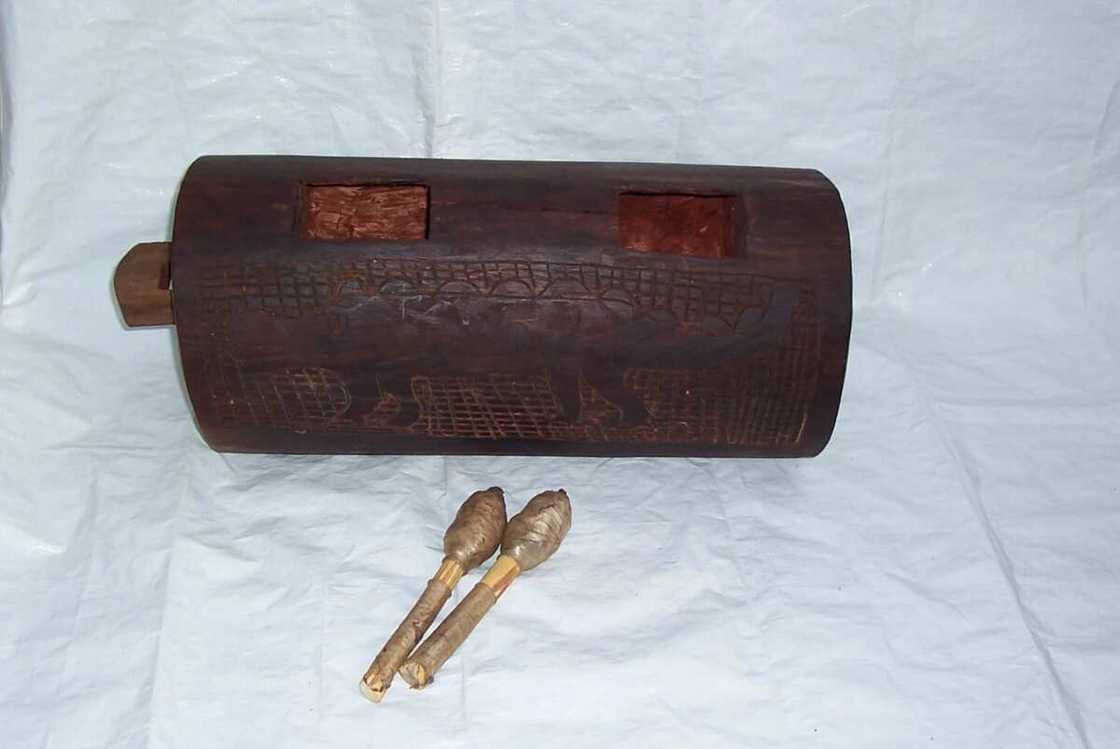
Source: UGC
READ ALSO: Short Nigerian music history
Now, even though it is technically a drum, ekwe looks like nothing you would expect. It is made out of a hollowed out wooden log; it has two rectangular openings and a handle. Musicians usually use small sticks to beat out a rhythm. Ekwe was once used for communication, as its sounds can be heard from quite far away. These days, you can hear it at traditional events.
Udu

Source: UGC
This is a very interesting instrument of the Igbo people. In technical terms, it is an idiophone and implosive aerophone. If you think that it looks like a clay water jug, that is because it is, only it has and additional hole in it. Udu actually means ‘vessel’ in Igbo. This instrument is played by hand, and it was usually played by women in the olden times during various ceremonies.
Agidigbo
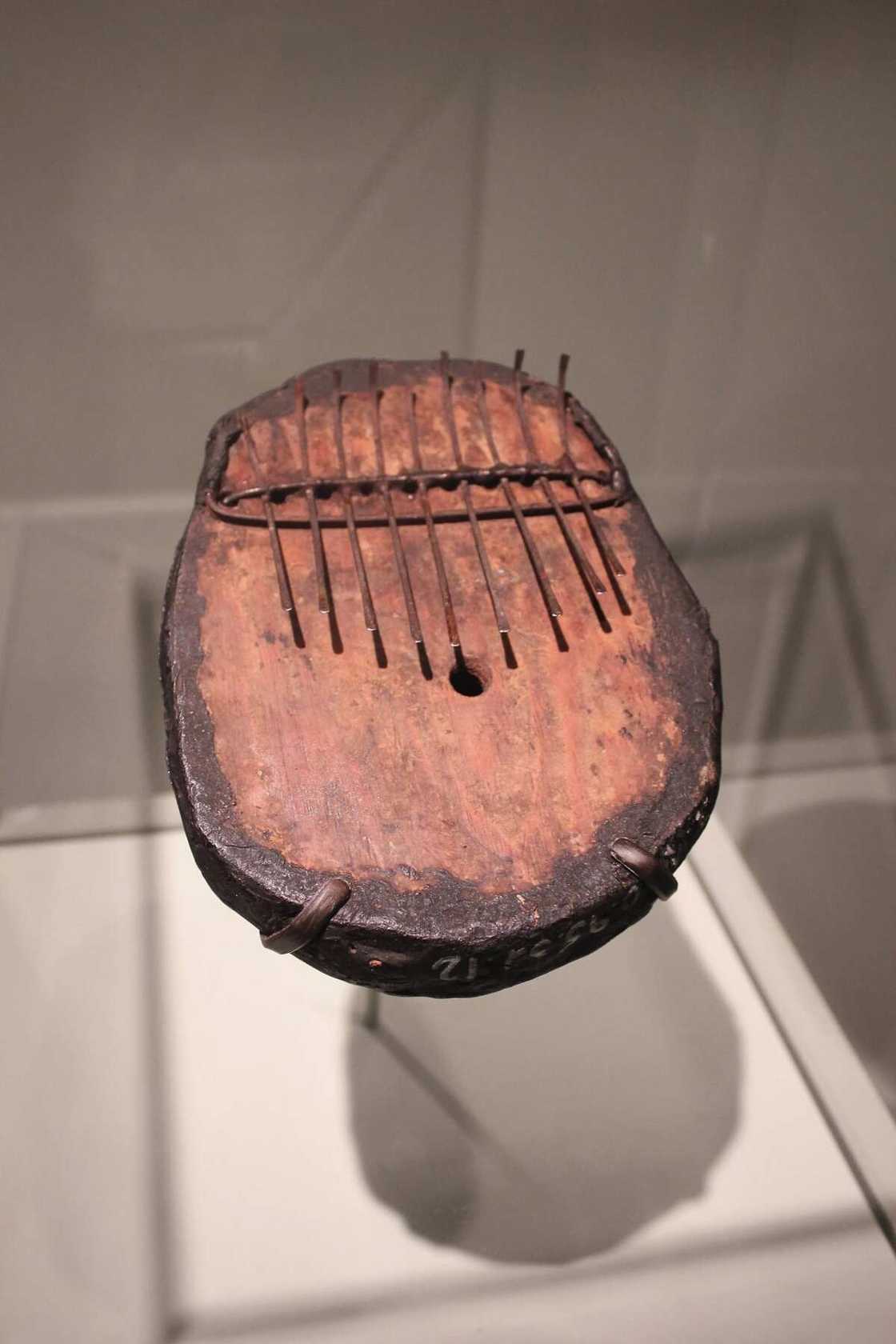
Source: UGC
Agidigbo belongs to the family of instruments known as lamellophones. It looks like a wooden box with a hole and metal tongues, but it can also be made out of other materials, such as gourds or turtle shells. You might recognise it, as it is the great-grandfather of the modern kalimba and a close relative of mbira. In order to play it, one has to pluck the metal tongues with the fingers and tap on the sides of the box to create rhythm.
Bata drum

Source: UGC
As you might have noticed, Nigeria sure loves its drums, as we want to tell you about yet another one. Bata drums are somewhat similar in shape to djembe drums, only they have much fairer curves. Moreover, they have two drumheads, and you can play both of them. They are mostly used for religious purposes by the Yoruba people and, incidentally, people of Latin America and United States.
Kakaki

Source: UGC
READ ALSO: Hausa musical instruments and their names
Let’s take a little break from the drums and talk about a long metal trumpet known as kakaki. When we say ‘long’, we mean it, as this instrument can reach up to four metres in length. Kakaki are only played by men at king’s palace. It is mostly used by the Hausa people in Nigeria.
Kontigi

Source: UGC
While we are on the topic of Hausa instruments, let us tell you about kontigi. It is a lute with one or two strings and a long handle that could be considered a very distant relative of a banjo. Kontigi are rarely played nowadays, so if you get to hear and see it played, cherish that moment.
Ogene
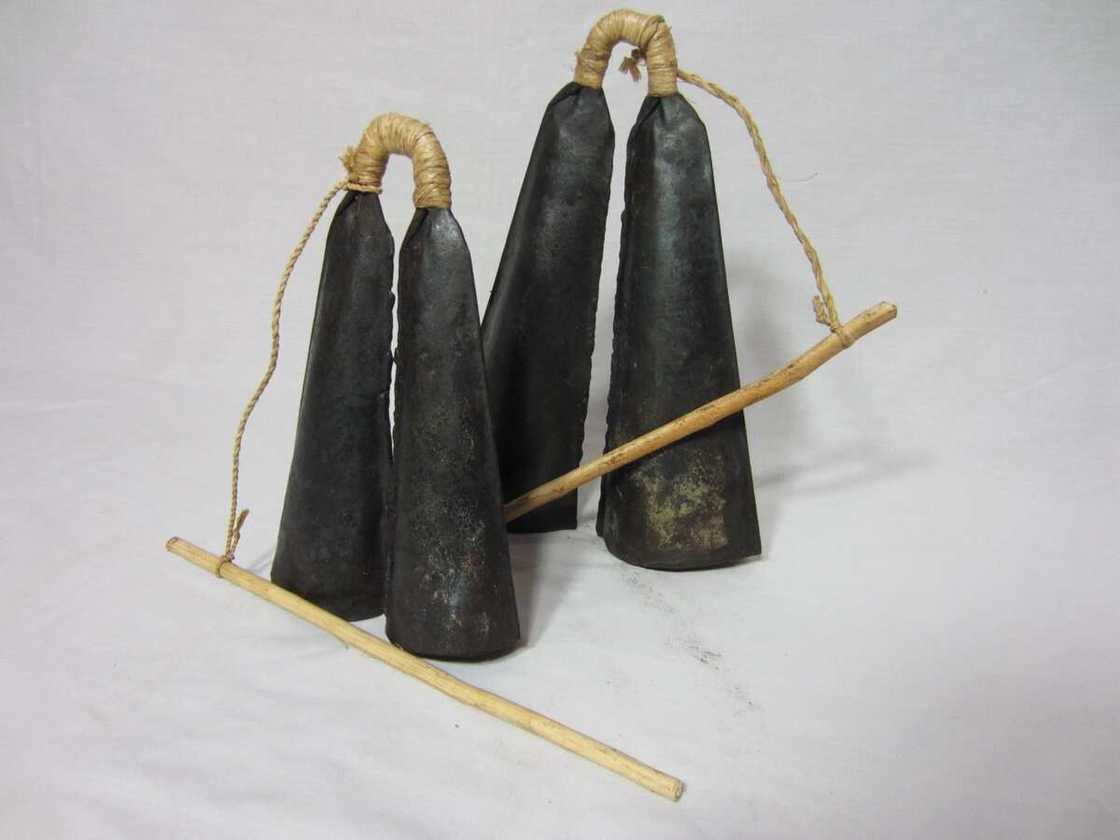
Source: UGC
READ ALSO: Igbo musical instruments and their names
Another fascinating musical instrument from Nigeria is the ogene. It is a traditional Igbo instrument, and it usually consists of two conical iron bells connected to one another at the top like cherries (big long metal cherries). You need to use a wooden stick to play it. The sound of the ogene comes from vibration of the hollow bells when they are struck with the stick.
Xalam
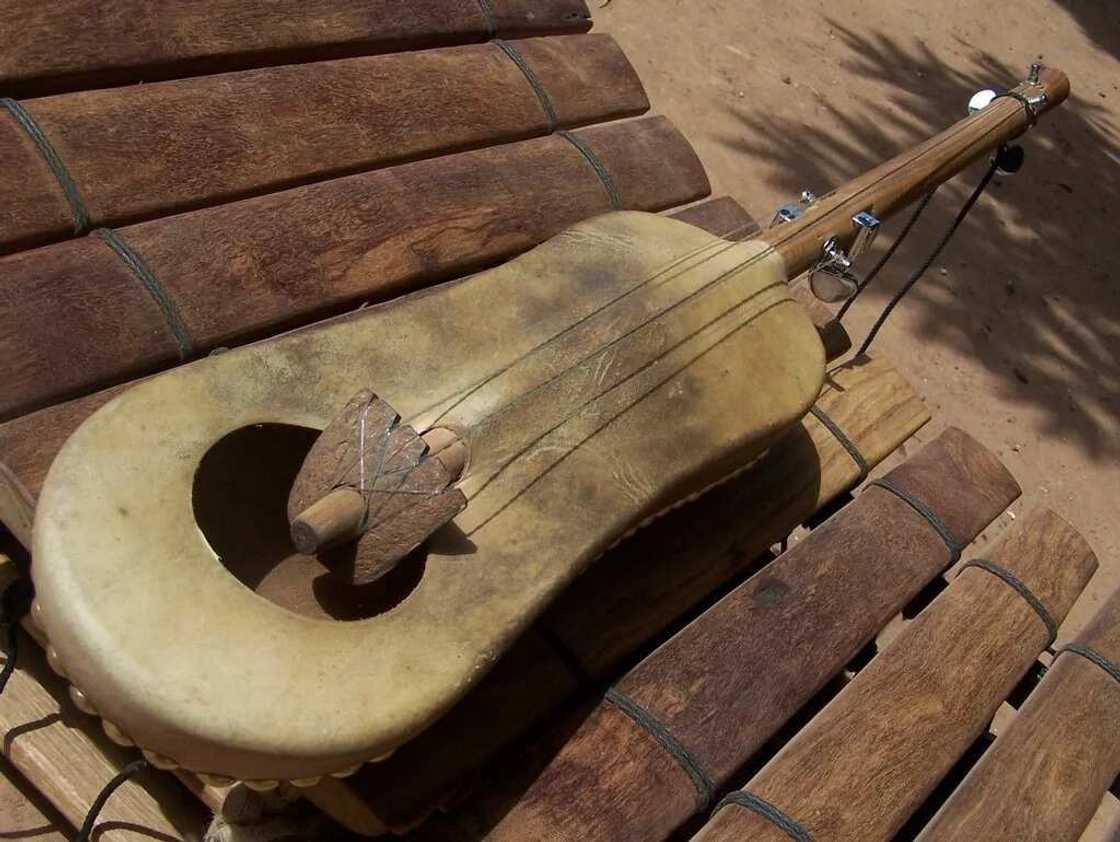
Source: Twitter
Similar to the kontigi, this is a string instrument that comes from West Africa. It has 1-5 nylon strings connected to the wooden neck and soundbox with a membrane made from cattle hide. It is interesting to note that xalam players usually construct their instruments themselves.
Gbedu
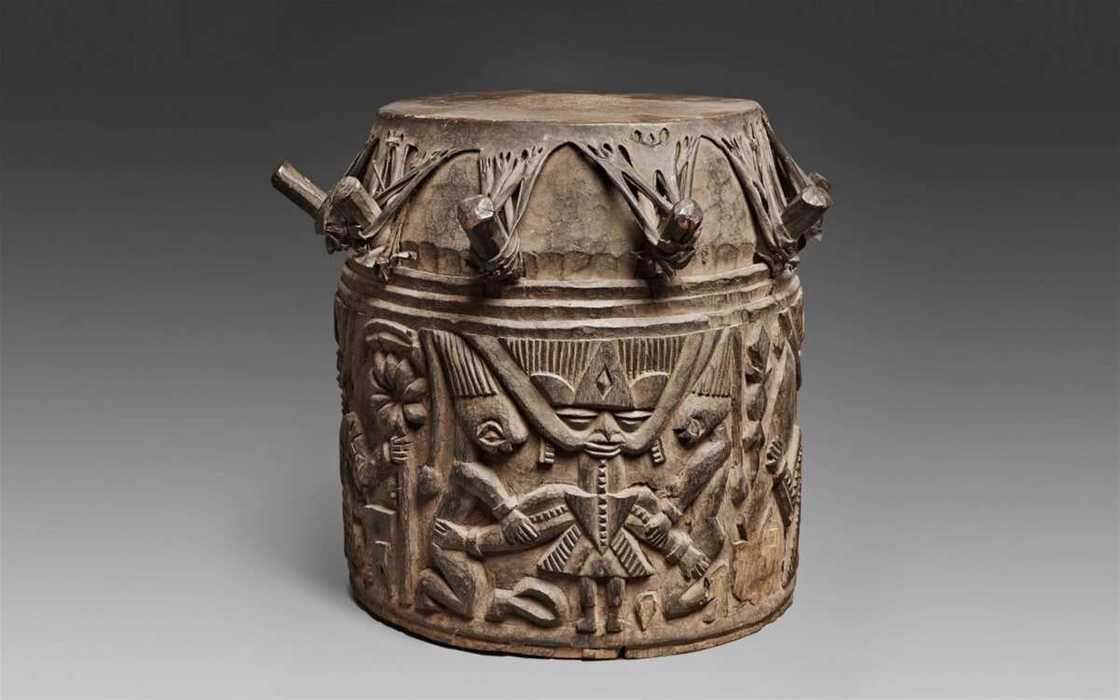
Source: UGC
Let’s end this overview with something that literally translates as ‘big drum’. This type of drum is the largest among the aforementioned drums; it is made out of wood and ornately carved. One of the most popular carvings is the face of the goddess of the sea Olokun. This instrument is frequently used alongside talking drums, as well as Bata and sakara drums. Back in the day, it was only played in king’s service, and if anyone else dared to use it for other purposes, they could be arrested for sedition.
Now you know more about traditional Nigerian music from our article about Nigerian musical instruments, with names, descriptions and pictures. Have you ever played any of them? Were you any good? :) Is your favourite instrument on the list? Let us know!
READ ALSO: Best Nigerian songs of all time
Source: Legit.ng






